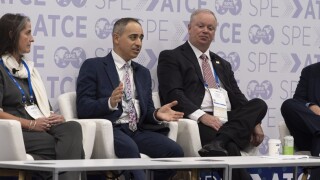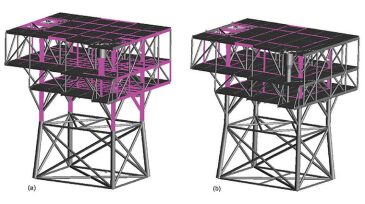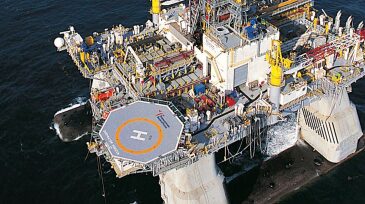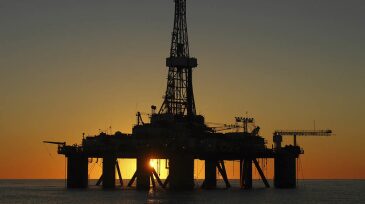Safety
This study ascertains the capital expenditure and operating expenditure associated with the reuse of existing facilities, specifically regarding a carbon capture and storage project being prepared in South Korea.
Sponsored
Advance your career with the new Pipeline Engineering Program at the Technical University of Leoben, a 5-month course combining on-campus and online learning, integrating industry expertise, engineering practice, and future-ready skills for professionals in oil, gas, and emerging energy systems.
A resilience-based approach to safety was the focus of a panel of experts at the 2025 SPE Annual Technical Conference and Exhibition in Houston.
-
An audit of the Martin Linge project was conducted by the Petroleum Safety Authority Norway (PSA) on 28–30 March 2017. This was directed at technical safety, electrical equipment, maintenance management, and Total’s own follow-up of technical barriers during the commissioning phase.
-
Behind the use of most drones and unmanned aerial vehicles is the issue of safely and legally operating beyond the visual line of sight (BVLOS). Jim Cieplak talks about his work with Harris Corporation and BVLOS solutions.
-
Applying sufficient passive fire protection (PFP) on topside structural-steel members is critical. Simplified and conservative approaches are available to estimate the extent and amount of PFP necessary.
-
Current methods for external inspection of floating assets on station use divers or remotely operated vehicles (ROVs), but these methods incur high safety, people-on-board (POB), and cost penalties. New methods to eliminate diving are being developed.
-
The SPE technical director of Production and Facilities discusses the role process and occupational safety play in oil and gas operations.
-
Various incidents that took place between Transocean, the owner of Deepwater Horizon, and BP, the company that leased the rig for use at Macondo, illustrate the gap between work-as-imagined in the drilling program and work-as-done by the well operations crew.
-
With the US Bureau of Safety and Environmental Enforcement as a cochair of the steering committee, SPE held a 2-day summit in April to discuss the development and implementation of an industrywide safety-data sharing framework.
-
Awareness of the different styles of thinking can provide an understanding of the choices people make when assessing risk and making decisions. The purpose of this paper is to show how such knowledge can be operationalized and applied to real-world oil and gas operations.
-
The report was written by a steering committee of SMEs with industry input from an SPE summit as well as members from SPE online communities. It is based on discussions and conclusions from the summit and is intended to provide guidance on an industry-wide safety management data sharing program.
-
A floating gas-extraction facility was constructed to extract gas-laden water, separate the CH4 and some of the CO2, and reinject the degassed water, thus increasing the safety of the lake and simultaneously providing CH4.











